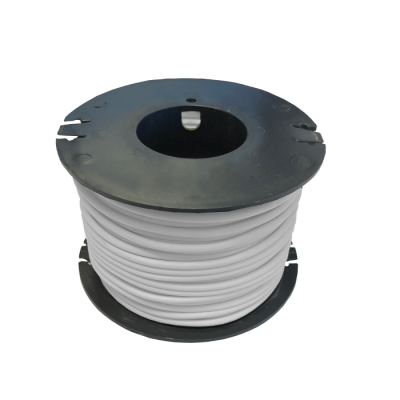Running a commercial kitchen is no small feat. Amidst the hustle of preparing dishes, managing staff, and keeping customers satisfied, cleanliness must remain a top priority. A clean kitchen is not just a regulatory requirement; it ensures food safety, promotes efficiency, and upholds your establishment’s reputation. Here, we’ll explore some key strategies for maintaining a hygienic kitchen, including the advantages of using hygienic wall cladding.
The Importance of a Clean Kitchen
Commercial kitchens are subject to strict health and safety regulations. Failure to comply can lead to fines, closures, or worse — harm to customers. Beyond compliance, cleanliness boosts morale among staff, reduces the risk of cross-contamination, and enhances the overall dining experience.
Daily Cleaning Practices
- Establish a Cleaning Schedule: Assign specific tasks to team members and outline when and how they should be performed. Breaking tasks into daily, weekly, and monthly categories helps ensure everything is addressed.
- Focus on High-Touch Areas: Regularly clean and sanitise surfaces like countertops, handles, and switches. These areas are hotspots for bacteria and should never be overlooked.
- Deep-Clean Cooking Equipment: Ovens, fryers, and grills accumulate grease and food debris. Clean them thoroughly every day to prevent fire hazards and ensure proper functionality.
- Don’t Forget Floors: Sweep and mop floors daily to prevent slips, remove spills, and eliminate crumbs that attract pests.
The Role of Hygienic Wall Cladding
Walls in commercial kitchens endure a lot — splashes, stains, and constant exposure to heat and moisture. Hygienic wall cladding offers an ideal solution for maintaining cleanliness and meeting food safety standards.
Benefits of Hygienic Wall Cladding
- Easy to Clean: Unlike traditional tiles with grout lines that trap dirt, hygienic wall cladding provides a smooth, non-porous surface. A simple wipe with a cleaning solution keeps it spotless.
- Durable and Long-Lasting: Made from robust materials like PVC, hygienic cladding is resistant to stains, scratches, and impacts, making it perfect for busy kitchens.
- Moisture and Mould Resistant: Hygienic wall cladding doesn’t absorb moisture, preventing mould and mildew growth.
- Complies with Regulations: Many hygienic cladding solutions meet the stringent standards required for commercial kitchens, giving you peace of mind during inspections.
Tips for Choosing and Maintaining Hygienic Wall Cladding
- Choose Quality Materials: Opt for cladding from reputable suppliers that offer certification for food safety compliance.
- Ensure Proper Installation: Hire professionals to install the cladding, ensuring a seamless finish without gaps where dirt can collect.
- Regular Cleaning: Use a mild detergent or specialist cleaning solution to wipe down the cladding daily. Avoid abrasive materials that could damage the surface.
Additional Hygiene Tips
- Train Staff: Educate your team on proper cleaning techniques and the importance of maintaining hygiene.
- Implement Colour-Coded Tools: Use designated mops, cloths, and brushes for specific areas to avoid cross-contamination.
- Pest Control Measures: Regularly check for signs of pests and address any issues immediately.
- Keep Ventilation Clean: Extractor fans and hoods should be cleaned to reduce grease build-up and maintain air quality.
A clean commercial kitchen is the backbone of any successful food business. By adopting effective cleaning routines and incorporating solutions like hygienic wall cladding, you can create a safe, efficient, and pleasant environment for both staff and customers. Prioritising cleanliness isn’t just good practice — it’s essential for long-term success.


































